We recently celebrated the release of Prairie Starport: Stories in Celebration of Candas Jane Dorsey but some of the contributors wanted to do something a bit more. And so for the next few Fridays my blog is going to feature more stories about Candas and the anthology in the form of guest posts for a mini blog series I’m calling:

Candas as Partner
by Timothy Anderson
I didn’t write a personal note to accompany my story Slough in Prairie Starport. Truthfully, I could not focus on what to say when our lives are so intertwined. So I have now distilled my thoughts about what I have learned from Candas to a few meme-worthy points.
1. Outgrowing your own successes can be painful, but the alternative is entropy.
In 1991, when we got together, Candas and I had each had our successes in different niches of the artistic community. Candas had excelled at short fiction and poetry; I performed and wrote for the stage, including being librettist-in-residence for the Canadian Opera Company.
Candas believed I could do anything, so suddenly I was writing essays and poetry, I was editing and publishing. And at times when her faith in herself or in her work might flag, I would be the critical eye saying “Don’t pull your punches. Go there.”
We encourage each other to go farther than we would on our own, whether it is in our writing or our painting or our community engagement.
2. We are the architects of our own relationships.
We were both newly single, both building community through volunteer work on various boards and activism, both with a background in communication. We both embraced an arts and crafts aesthetic of life-building: use the materials at hand, apply creativity, and celebrate the unique result.
We were the material at hand. So we built with and for each other. We realized we did not have to follow old scripts forged in prior relationships, both personal and business. I say “we”, but really it was Candas who showed me that.
Candas and Mary Woodbury and I started a writing and editing services company. Candas and her friends/colleagues started a publishing company, and I became a (not-so-)silent partner when we bought the Tesseracts imprint.
We were challenged to find an architecture that would accommodate a third person who loved us, and we decided we would.
And when these things reached the end of their lifecycles, we recognized that as part of the pattern. We grieved, and then we said “What shall we build next?”
3.There will be housework.
Candas quotes Jane Rule saying “politics is housework.” Candas notices things that need maintenance – many, many things. Whether it is for the health of society at large or the dog’s attitude toward food, Candas is ready to tackle it as part of the daily workload. Or tomorrow’s if today’s is full. A hundred small actions work to stave off entropy in what ways we can. It might not be restful, but it is meaningful.
4. Space is not a frontier, final or otherwise.
Speculative fiction is a tough business. The rate of real change in our world is so fast, we risk being ahead of our time when we write the first draft and behind our time when the book is published.
We learned that our working styles were very different and a little neutral space was a good thing. Candas runs on memory and order and focus. I run on caffeine, chaos and a critical process that looks like intuition but is likely misfiring synapses. When I express my admiration for her process, she is quick to point out that mine is as successful. And could I please do something about my chaos before visitors drop in…
We bought a house. And another house. We team-taught at MacEwan while teaching separately for other institutions. We joined the community league board. We created spaces where we are together and spaces where we are apart, and the outsides are not the frontiers. The frontiers are the places where we are challenged inside.
Candas keeps me in that frontier territory, that place where a prairie starport is most likely to appear.

Download it for free at:
BookFunnel
Kobo
Playster
Apple
Also available at Amazon
Paperback available at Amazon:
.com
.co.uk
And add it to your shelves at Goodreads
All profits from this collection will be donated to the Bent Arrow Traditional Healing Society in Candas’ name.
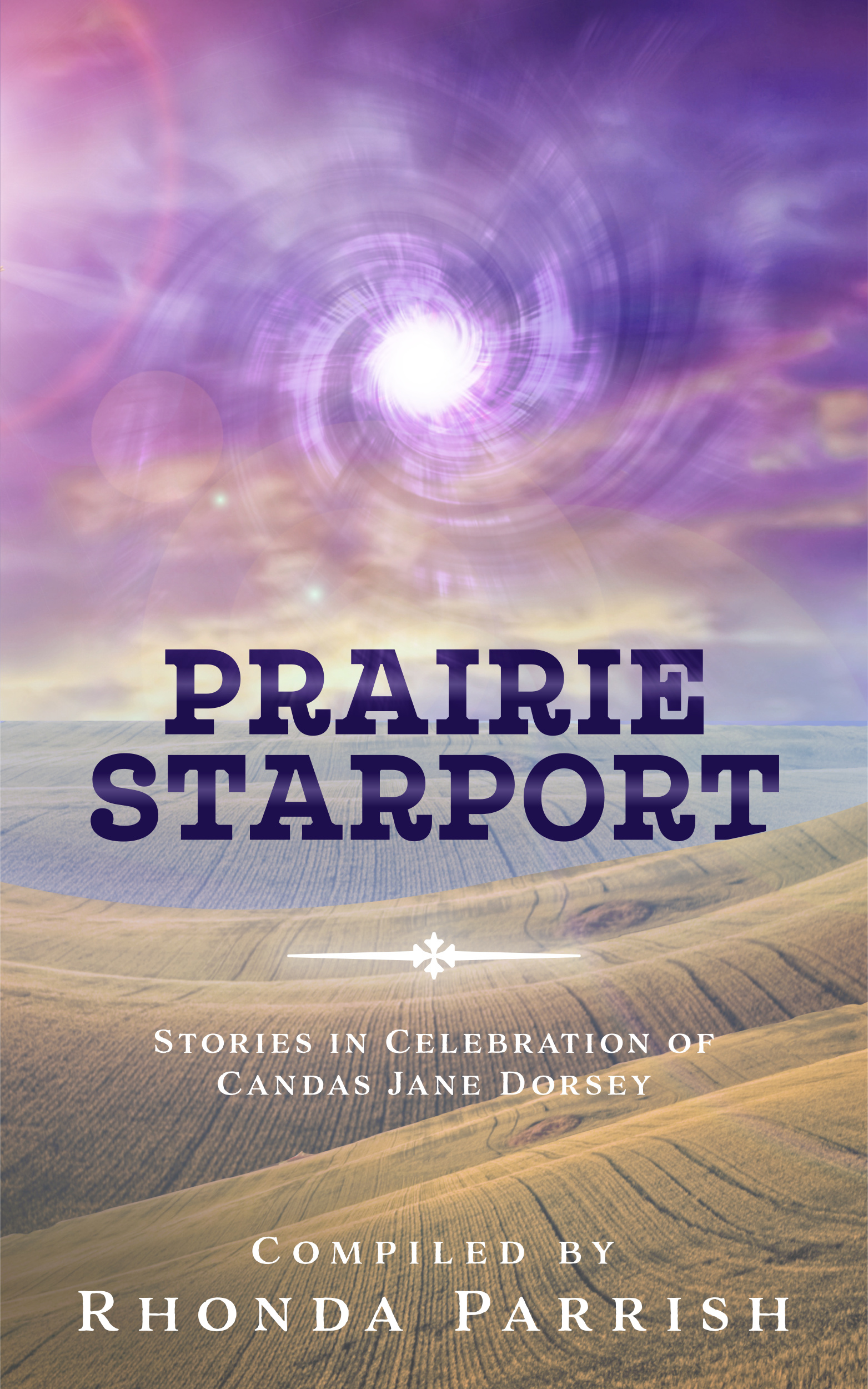




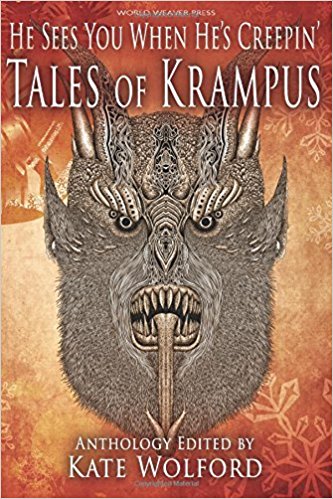






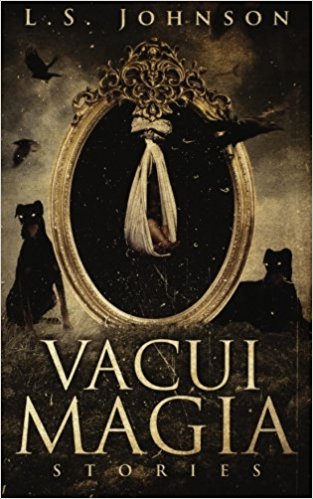









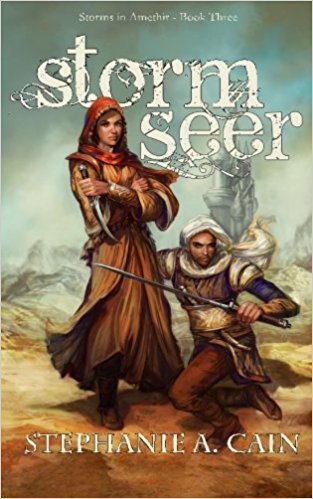

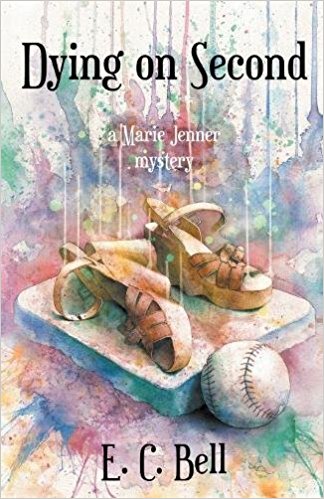


 This is the second of my two blog posts for the Giftmas Blog Tour 2017, which is raising funds for the Edmonton Food Bank (that’s Edmonton, Canada if you are reading this in the UK). The link to the fundraiser is here: https://www.canadahelps.org/en/pages/giftmas-blog-tour-2017-supports-the-edmonton-food-/
This is the second of my two blog posts for the Giftmas Blog Tour 2017, which is raising funds for the Edmonton Food Bank (that’s Edmonton, Canada if you are reading this in the UK). The link to the fundraiser is here: https://www.canadahelps.org/en/pages/giftmas-blog-tour-2017-supports-the-edmonton-food-/









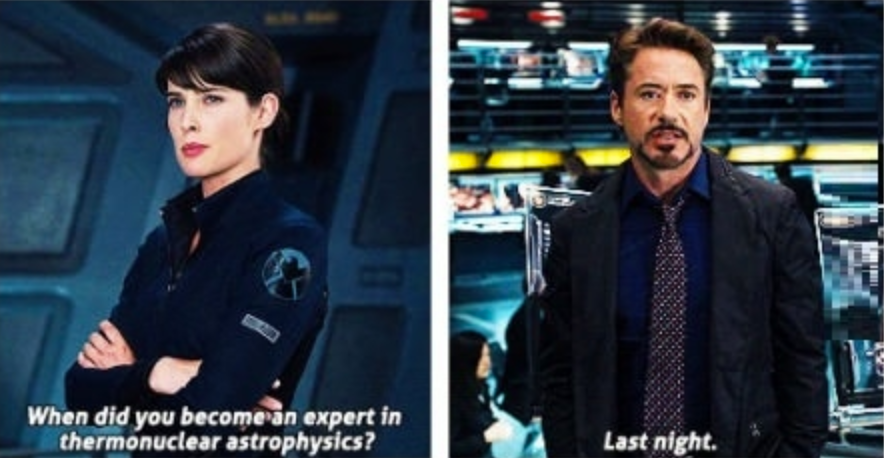
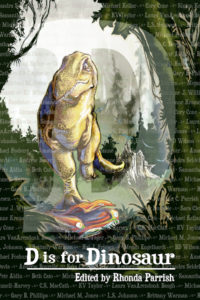



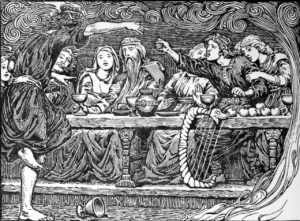 Though Loki is often canonically found in Asgard, he’s not a god. The word Jötunn is often translated “giant,” but that’s not terribly accurate; Loki and his kind are actually “devourers.” They are destroyers. They are the chaos to counter the order of Asgard.
Though Loki is often canonically found in Asgard, he’s not a god. The word Jötunn is often translated “giant,” but that’s not terribly accurate; Loki and his kind are actually “devourers.” They are destroyers. They are the chaos to counter the order of Asgard.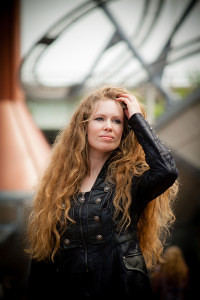 Laura VanArendonk Baugh overcame the dubious challenge of having been born without teeth or developed motor skills to become an award-winning writer of speculative fiction, mystery, and non-fiction. Her works have earned numerous accolades, including 3-star ratings (the highest possible) on Tangent’s “Recommended Reading” list. Laura speaks professionally on a variety of topics throughout the year, including writing, fan costuming, and her day job as a professional animal trainer and behavior consultant. Find her at
Laura VanArendonk Baugh overcame the dubious challenge of having been born without teeth or developed motor skills to become an award-winning writer of speculative fiction, mystery, and non-fiction. Her works have earned numerous accolades, including 3-star ratings (the highest possible) on Tangent’s “Recommended Reading” list. Laura speaks professionally on a variety of topics throughout the year, including writing, fan costuming, and her day job as a professional animal trainer and behavior consultant. Find her at 



